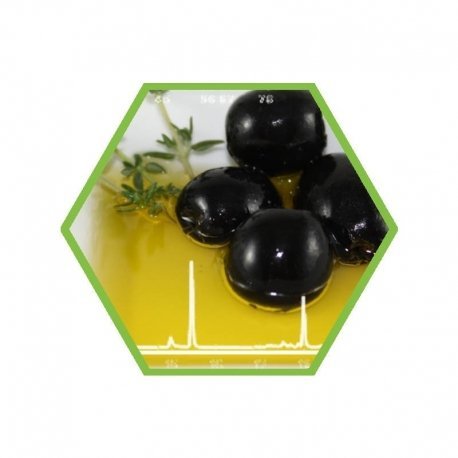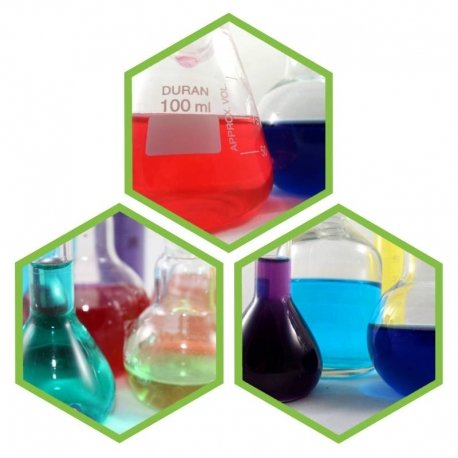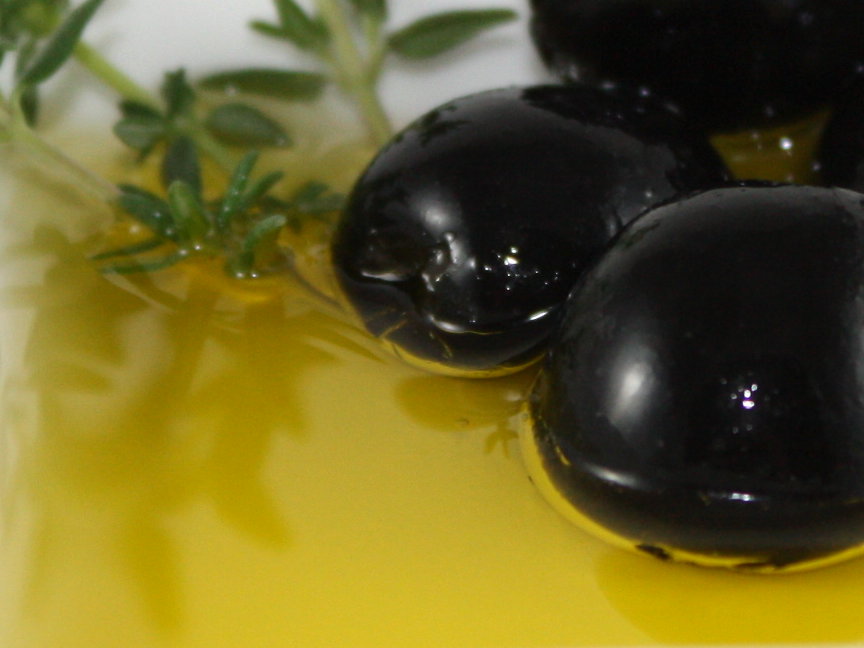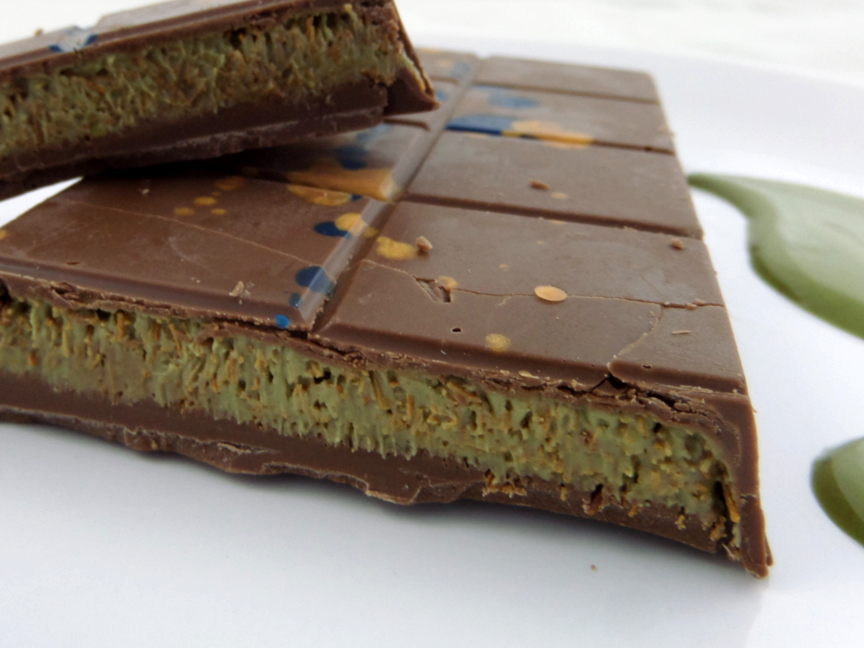Olive oil is a very popular staple foodThe olive oil test of Stiftung Warentest, published in February 2018, shows again that the quality criteria of the EU regulation for olive oil bring only half the truth to light. The February 2017 test came to a similar conclusion. The quality criteria laid down in the regulation for olive oil, such as acid number, peroxide number, etc., do not allow a differentiated assessment of the products. Only the sensor technology and also the strong weighting of the sensory findings allow us to classify “Extra Virgin” oils as such and to unmask all oils of inferior quality offered as “Extra Virgin”.Flavours and flavouring components are a mixture of many different chemical substances. The relations between taste and the content of individual substances are only known in individual cases. However, the complexity of natural flavours can be characterized in a simple, fast and meaningful way.What role does laboratory analysis play for the quality control of olive oil?Laboratory analysis is very strong when it comes to detecting substances that do not belong in the product, such as trans-fatty acids, mineral oil hydrocarbons, plasticizers and pesticides. With regard to these parameters, the current test turned out pleasingly good. However, mineral oil hydrocarbons remain a problem area.The test criteria of Stiftung Warentest and especially the strong weighting of the sensors show a clear rethinking with regard to quality parameters.
my-lab International can offer you the following analyses for your olive oil:
 | Quality analysis of olive oil via NMRFGFQ1 |
 | MOSH/MOAH in food or materialFCM01 |
 | Package: Quality parameters of olive oilPFGF1 |
sources of pictures:
- Olive oil source: U.S. Department of Agriculture / flickr – CC BY 2.0 | Modified by my-lab International



